The Future of Seafood: Plant-Based Innovations and Mediterranean Inspirations
Due to environmental or health concerns, vegans/vegetarians and meat eaters alike are looking for sustainable and tasty alternatives for their favorite fishy feasts. That’s where plant-based seafood alternatives come in. The increasing addition of seafood to the already full menu of meat alternatives is news that is sure to make plant-based eaters happy as a clam. Let’s dive into exploring this new and trendy underwater world.
Sourcing from the Sea: Benefits for Both the Body and Planet
Over the past few decades, the Mediterranean diet has gained in popularity for its anti-inflammatory health benefits and links to reduced chronic disease risk. The diet contains an abundance of plant foods and moderate amounts of animal products, with fish and seafood acting as primary protein sources. As more people adopt the diet, it makes sense that international seafood consumption would be increasing. According to the Food and Agricultural Organization of the United Nations, total fishery and aquaculture production has been steadily increasing for decades. This knowledge, combined with the rising population on Earth, have contributed to sustainability concerns of our ocean’s seafood supply and overfishing.
Sustainability isn’t the only reason some individuals are limiting seafood intake. Apprehension over microplastics and mercury content are two more motives, not to mention that not everyone enjoys a fishy flavor! As a result, the plant-based industry is stepping up to provide choices so that we can enjoy the palette of a Mediterranean meal without sacrificing any of our personal food values or goals.
From Sea to Seeds: Uncovering the Magic of Plant-Based Seafood Ingredients:
Many of the same key ingredients in producing plant-based meats also are utilized to produce plant-based seafood products. This includes soy, pea protein, wheat protein, and mycelium. Each option offers its own benefit and drawback. For example, soy is high in protein and has a mild flavor, but it is a top allergen. Pea protein is not a common allergen and does contain protein, but it has a stronger flavor that is harder to mask. Wheat protein can be combined with various gums to manipulate an array of textures, whereas mycelium’s texture is naturally similar to the texture of muscle. Manufacturers make their choice based on the type of seafood they are hoping to replicate and use ingredients that will most closely resemble their desired final product.
For a more gourmet dish, whole foods can also be turned into seafood. With the right preparation, jackfruit, winter melon, and even tomato can be converted into a seafood substitute. This preparation often involves marinating in a sauce that has an umami flavor to mimic what you would experience with traditional seafood. For example, cubed winter melon has been used to create poke bowl style tuna. Jackfruit, which has thin layers, can be a swap for flaky fish. Roasted, peeled, and marinated carrots can substitute smoked salmon for a bagel and lox. Even seaweed can get in on the fun by sprucing up a dish with some fishy flavor or being turned into a caviar alternative. Fin-tastic!
Mediterranean Twists: Reimagining Classic Dishes with Plant-Based Flair:
In case you’re not sure where to begin in the kitchen, I’ve compiled a few recipe ideas for you.
Bonus–you can always pair your dish with a wine from the Mediterranean region or shop for your produce locally for a more authentic Mediterranean experience.
- Paella is a classic rice-based Spanish dish that is perfect for customizing your protein preferences. Personally, I’d recommend trying a plant-based shrimp product with it. Jazz it up with additional flavors from the Mediterranean like lemon and saffron herbs for a meal that is shrimp-ly amazing!
- Mediterranean-style fish can be taken in many directions. To fully embrace the diet, choose seasonal produce like tomatoes and onions and simmer them with olives for a little heart healthy fat. Pair it with the faux-fish product of your choosing, and serve it over rice for a well-rounded plate.
- Zuppe di Pesce e Frutti di Mare is a traditional Mediterranean fish and seafood soup. It contains a combination of seafood items like fish, clams, and mussels. It also contains vegetables all cooked in a fish stock with a splash of white wine. This is a great option when you have leftovers- toss whichever plant-based seafood products into the pot and enjoy!
Whether you are looking to reduce your carbon footprint or just experiment for dietary variety, there is a plant-based seafood substitute for everyone. Let minnow what your favorite plant-based seafood products and recipes are in the comments below!
- Food and Agriculture Organization of the United Nations. (n.d.). Towards blue transformation. www.fao.org.
- Martini D. (2019). Health Benefits of Mediterranean Diet. Nutrients, 11(8), 1802.


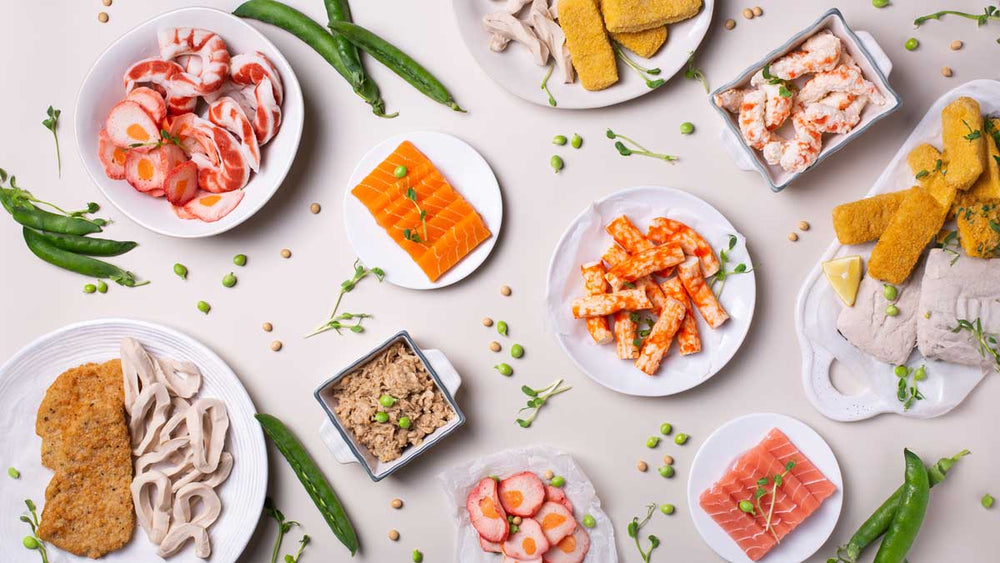
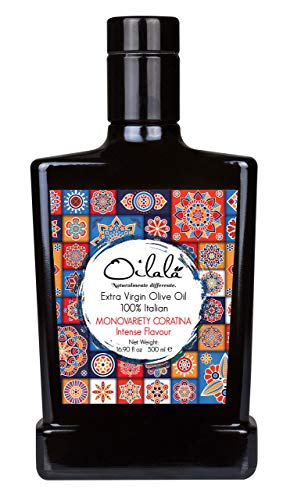
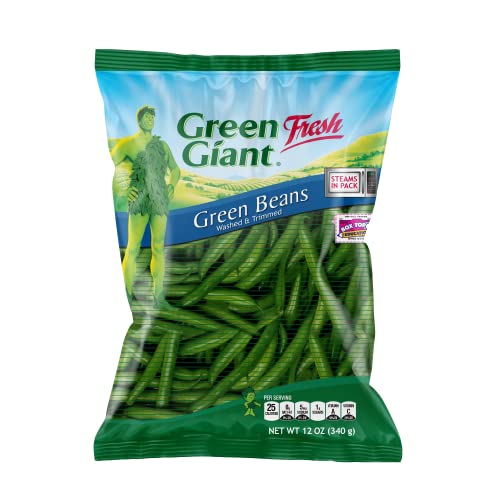
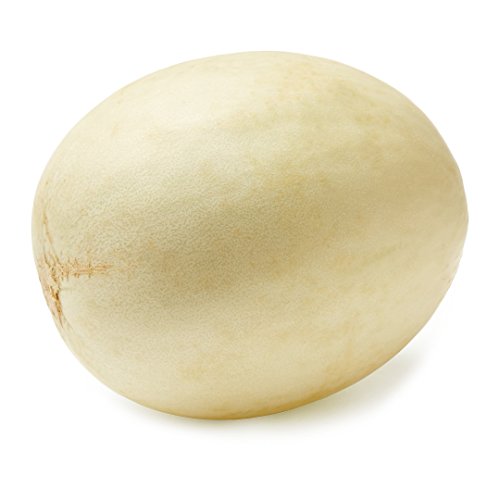
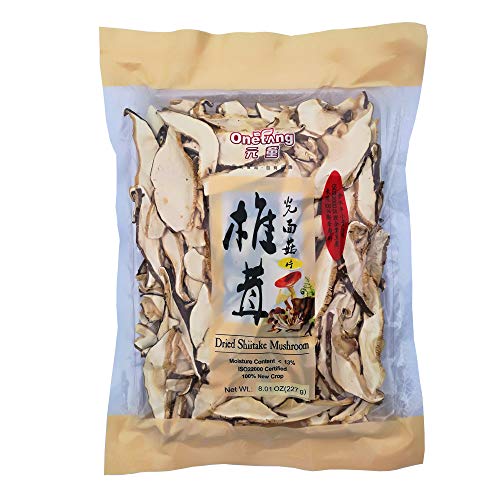

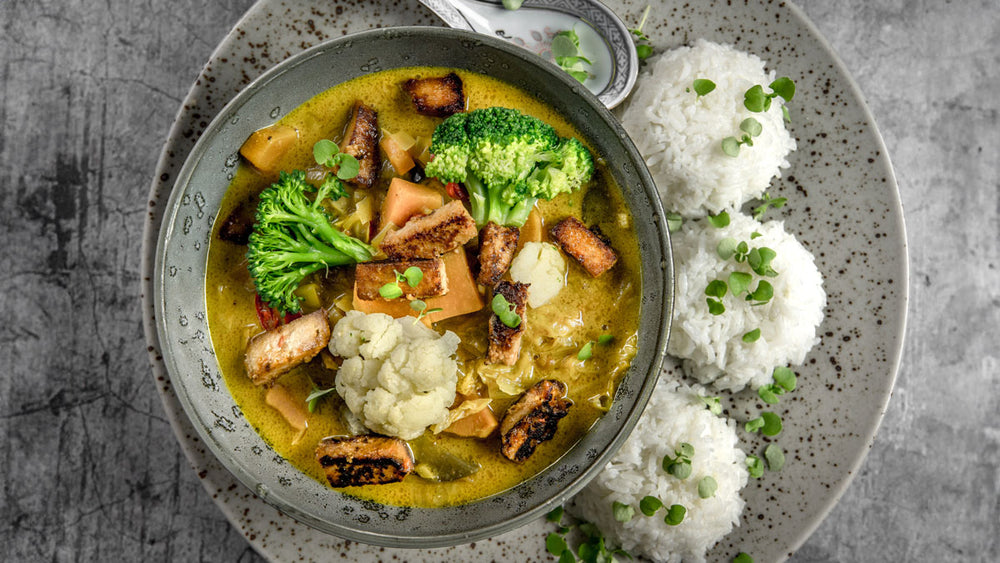
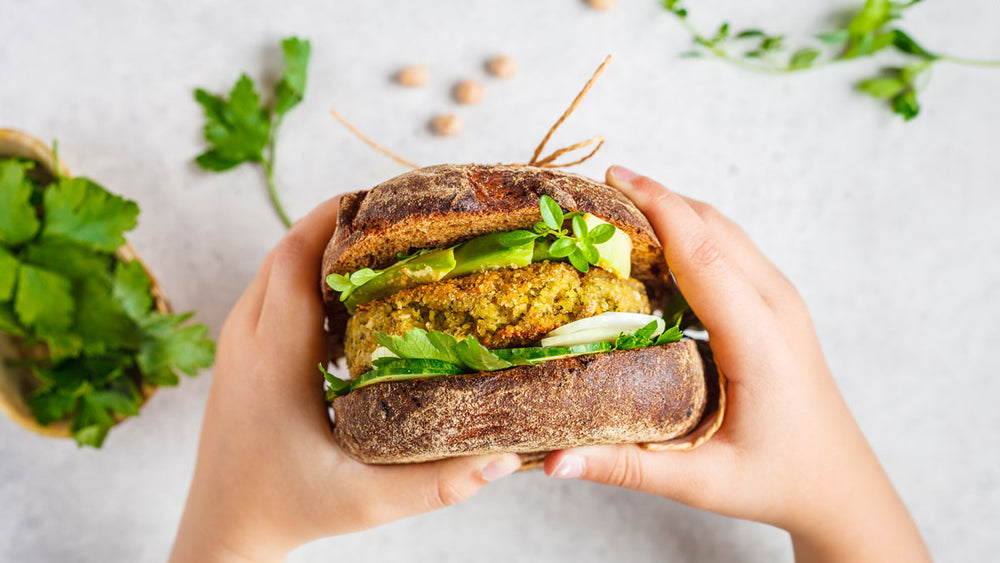
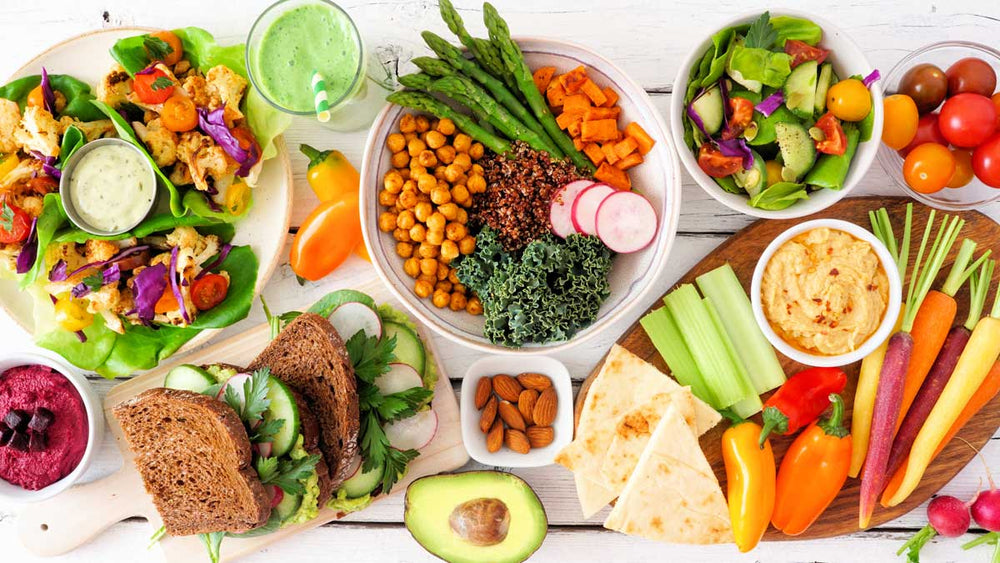










Comments
Join The Conversation...